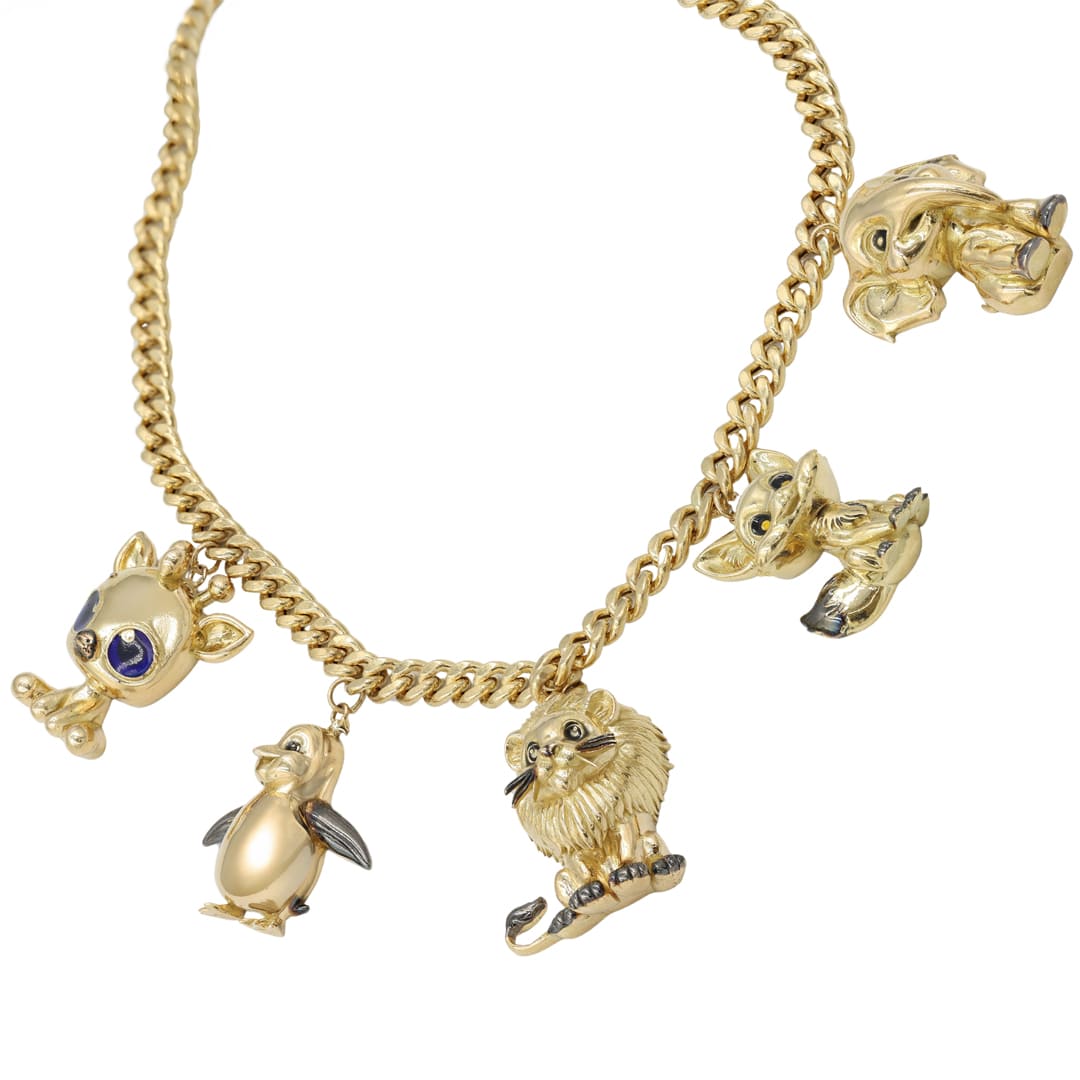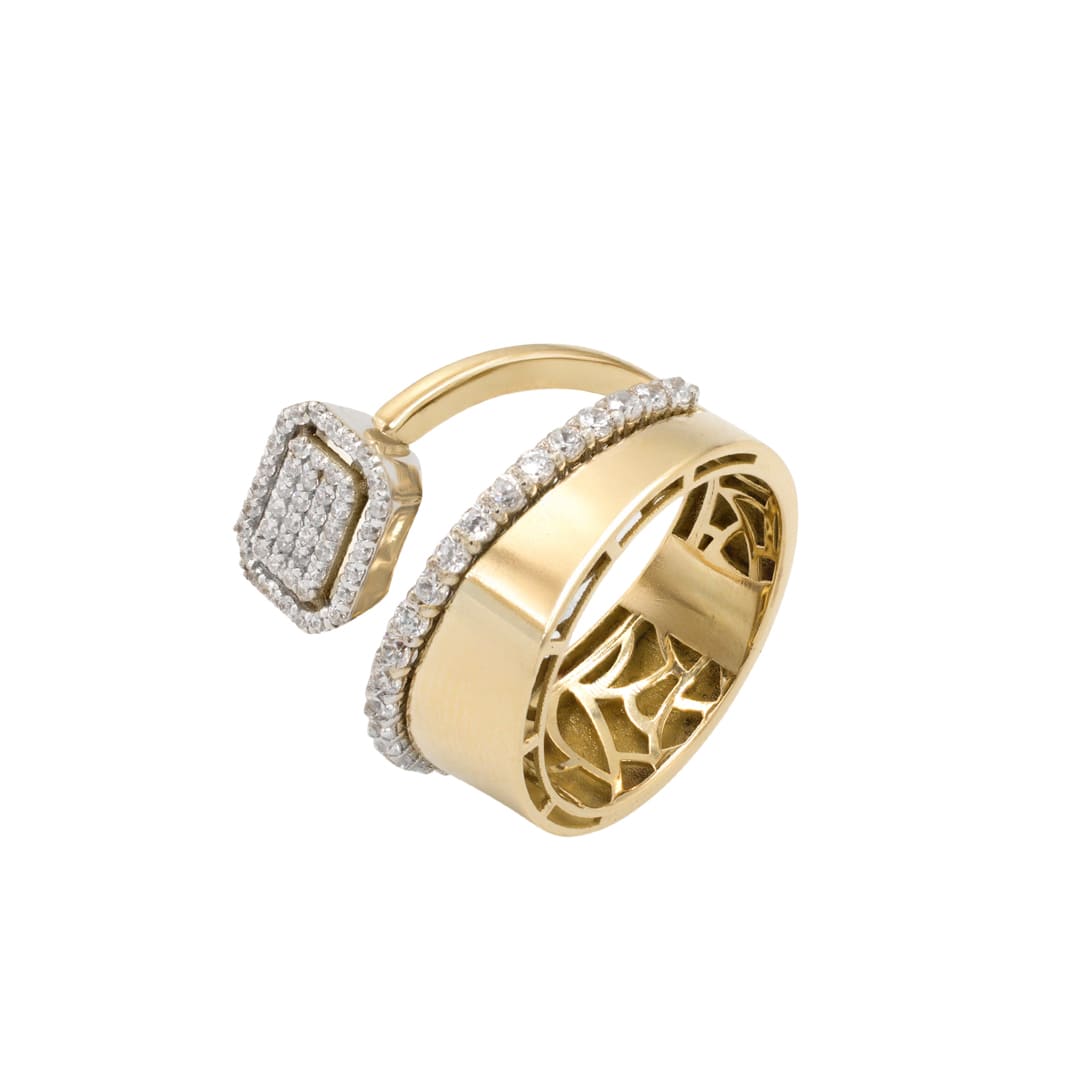
Gold-Filled vs. Gold-Plated Jewelry: Unveiling the Allure and Differences
Jewelry has always held a special place in our hearts, serving as a means of self-expression, a symbol of love and commitment, or simply a way to enhance our personal style. When shopping for jewelry, you’re likely to come across terms like “gold-filled” and “gold-plated.” While both may sound similar, they represent distinct categories of jewelry that differ in composition, durability, and value. In this article, we’ll explore the key differences between gold-filled and gold-plated jewelry to help you make an informed choice.
Gold-Filled Jewelry
1. What Is Gold-Filled Jewelry?
Gold-filled jewelry is crafted by bonding a thick layer of gold to a base metal core, typically made of brass or copper. This bonding process is achieved through heat and pressure, ensuring that the gold layer is permanently fused to the base metal. The gold content in gold-filled jewelry is typically a much higher percentage compared to gold-plated pieces.
2. Durability
One of the most significant advantages of gold-filled jewelry is its durability. The thick layer of gold ensures that the jewelry is less likely to tarnish, fade, or wear off over time, making it a long-lasting and cost-effective choice. With proper care, gold-filled jewelry can retain its shine and beauty for decades.
3. Value
Gold-filled jewelry offers excellent value for money. While it may be more expensive than gold-plated pieces, it provides the look and feel of solid gold at a fraction of the price. This makes it an attractive option for those who want quality without breaking the bank.
4. Allergies
Gold-filled jewelry is generally hypoallergenic, as the outer layer of gold prevents direct contact between the base metal and the skin. This is a significant advantage for individuals with sensitive skin or allergies to certain metals.
Gold-Plated Jewelry
1. What Is Gold-Plated Jewelry?
Gold-plated jewelry, on the other hand, features a thin layer of gold that is electrochemically bonded or mechanically attached to a base metal, such as copper or silver. The gold layer in gold-plated jewelry is considerably thinner compared to gold-filled pieces.
2. Durability
Gold-plated jewelry is less durable than gold-filled jewelry. The thin layer of gold is susceptible to wear, and over time, the underlying base metal may become visible. Exposure to moisture, chemicals, and friction can accelerate the wear and tear of gold-plated jewelry, causing it to lose its luster.
3. Value
While gold-plated jewelry is more affordable upfront, it may not provide the same long-term value as gold-filled or solid gold pieces. Due to its thinner gold layer, gold-plated jewelry may need to be replaced or re-plated more frequently, which can add up in the long run.
4. Allergies
Gold-plated jewelry may pose a risk for individuals with metal allergies, as the base metal can come into direct contact with the skin if the gold layer wears off. If you have sensitive skin, you may want to opt for gold-filled or solid gold jewelry to avoid potential skin reactions.
In the world of jewelry, the choice between gold-filled and gold-plated pieces ultimately comes down to your preferences and priorities. Gold-filled jewelry offers durability, long-term value, and a hypoallergenic option for those with sensitive skin. On the other hand, gold-plated jewelry is more budget-friendly but requires more care and may not last as long.
Ultimately, both types have their place in the world of fashion, and the right choice depends on your style, budget, and how you plan to wear and care for your jewelry. Whether you’re looking for an affordable accessory to complete your outfit or a long-lasting piece to cherish for years, understanding the differences between gold-filled and gold-plated jewelry empowers you to make an informed decision that suits your individual needs and preferences.







Add comment